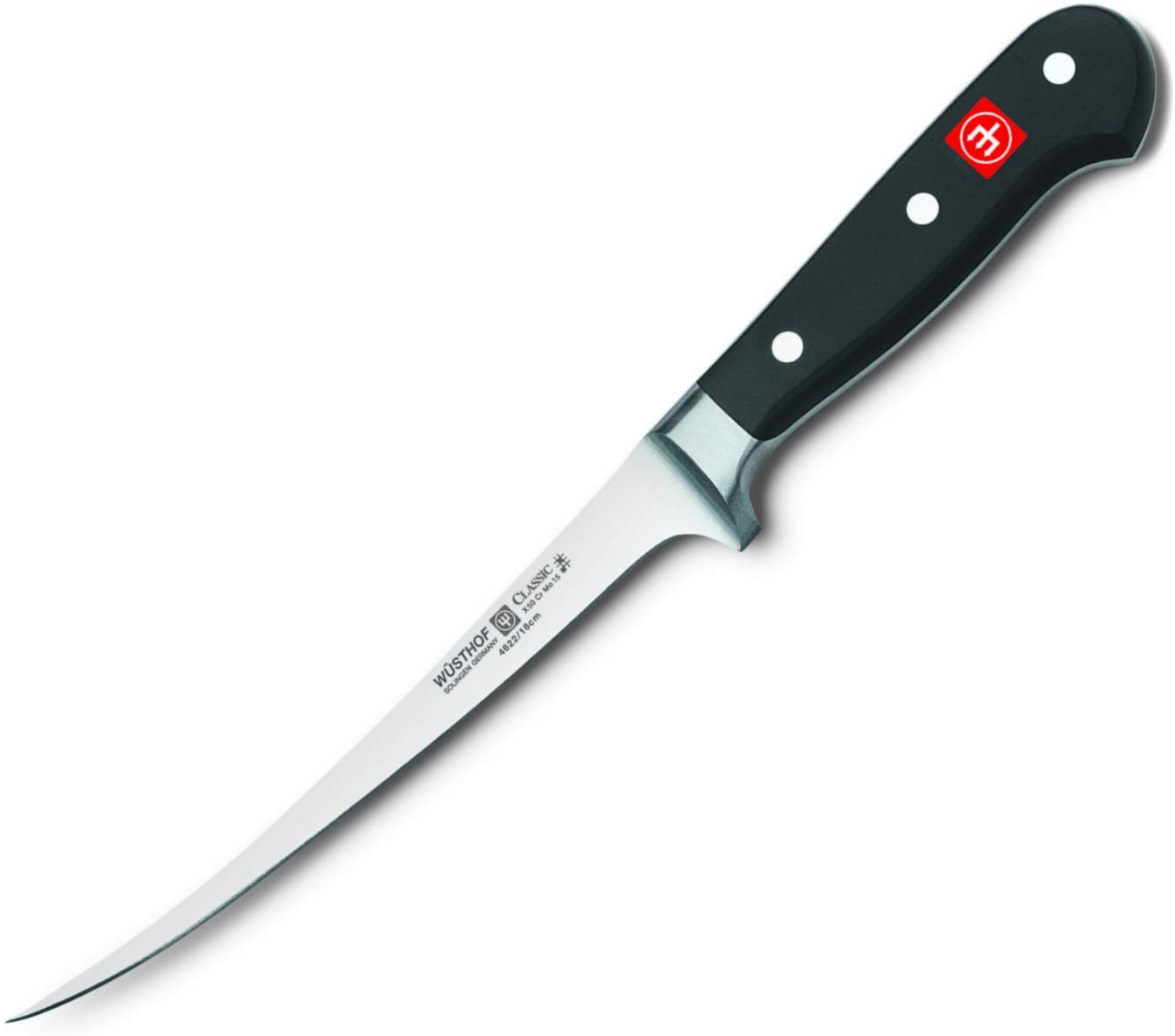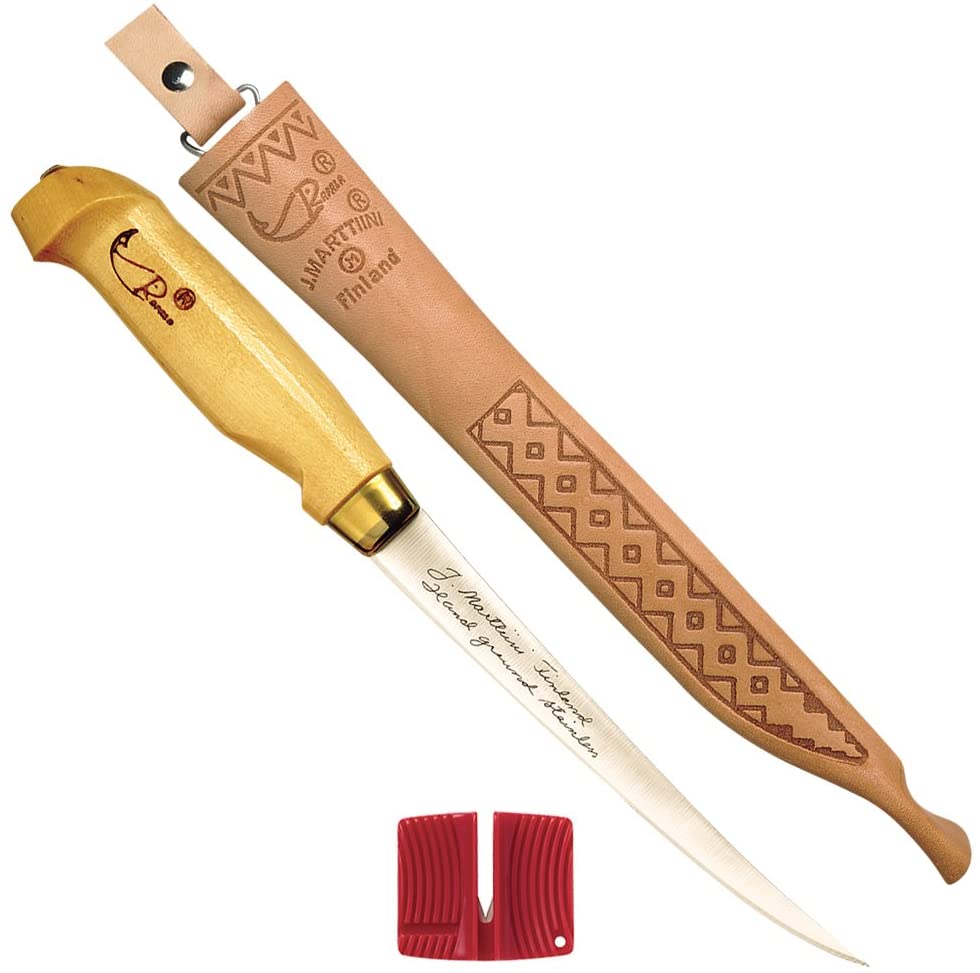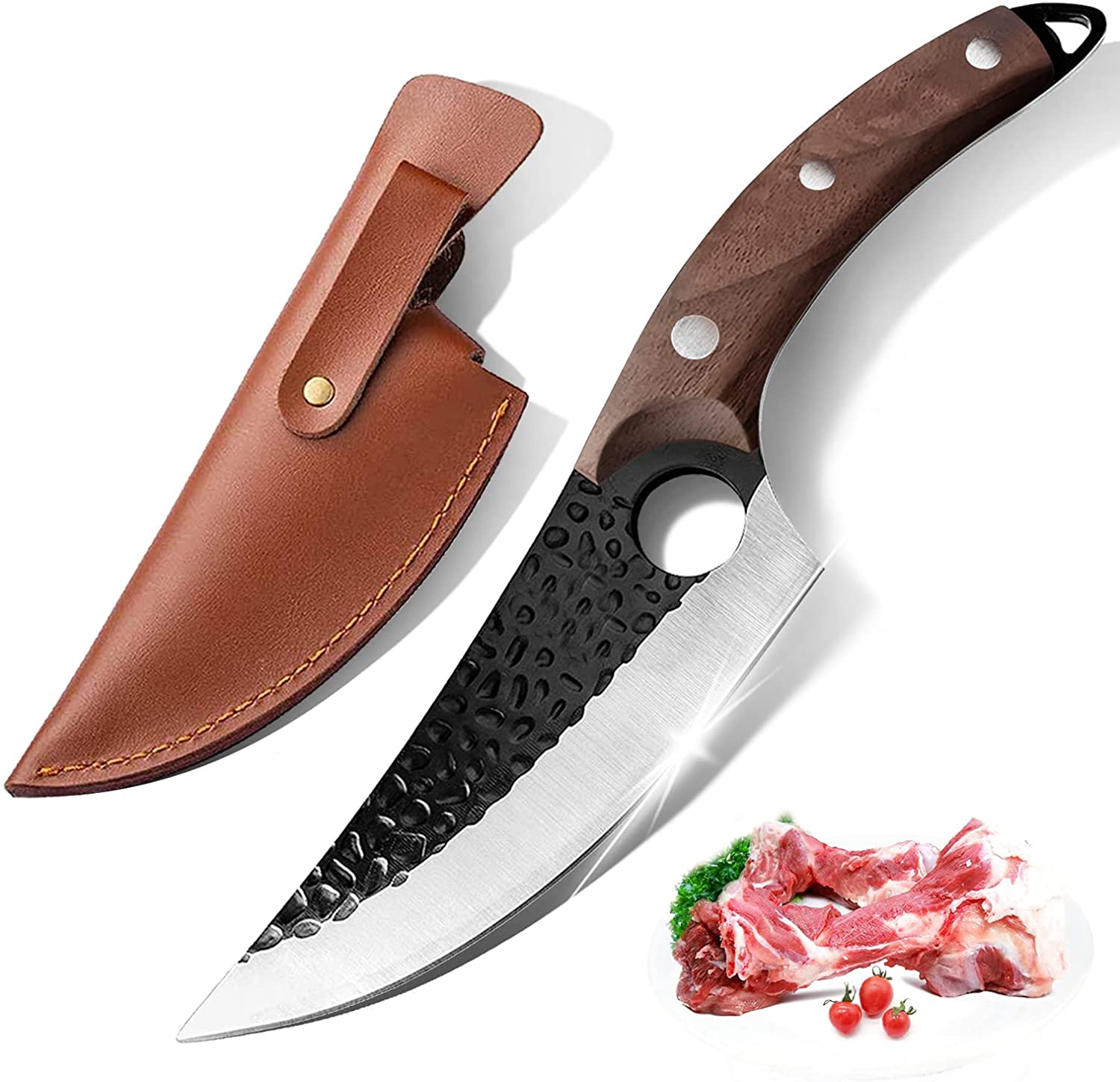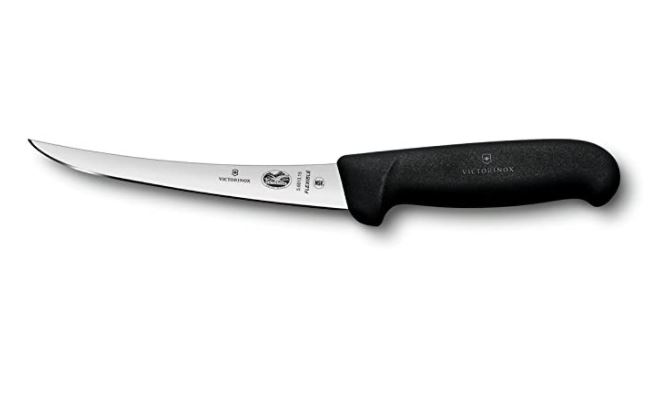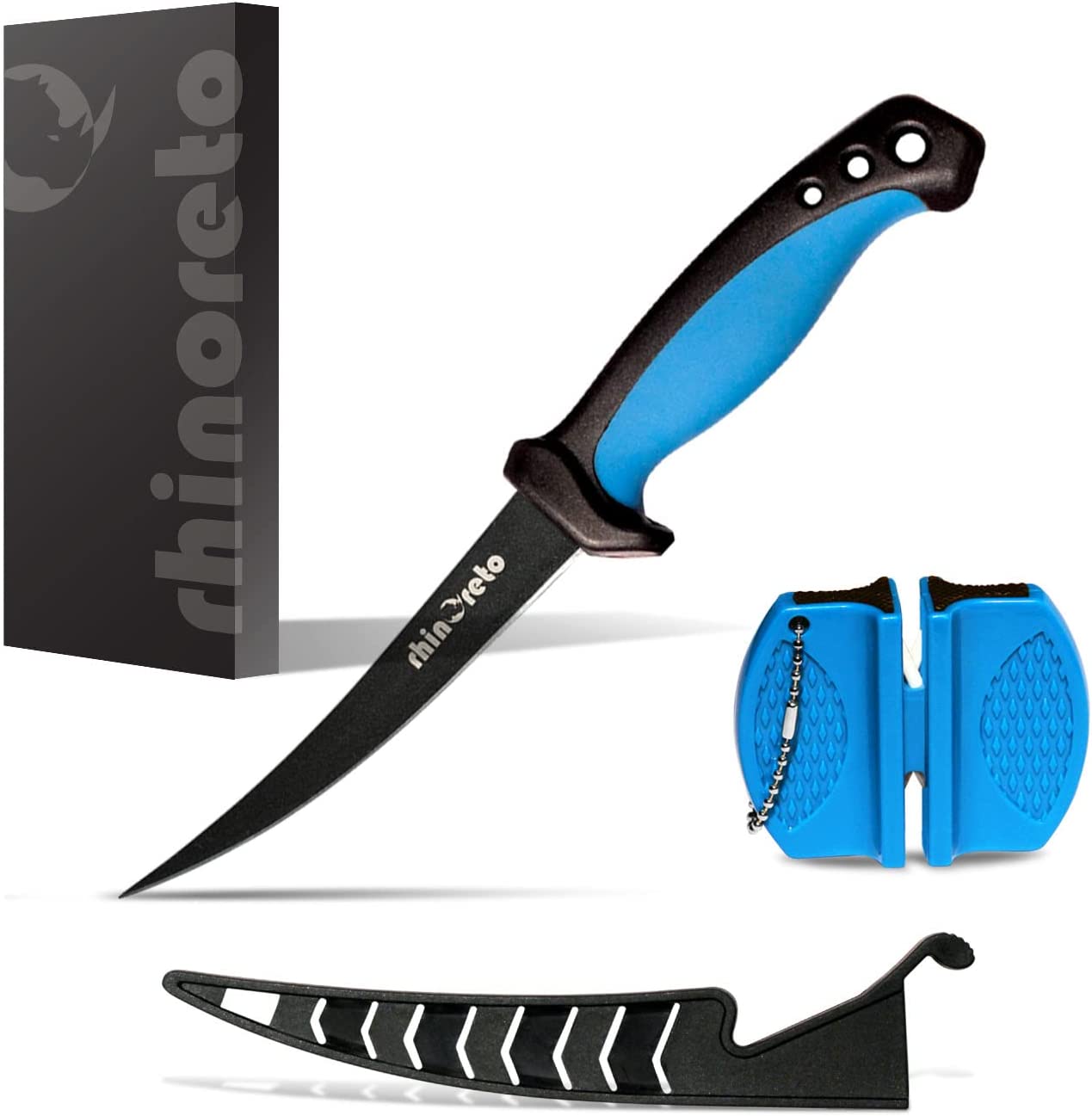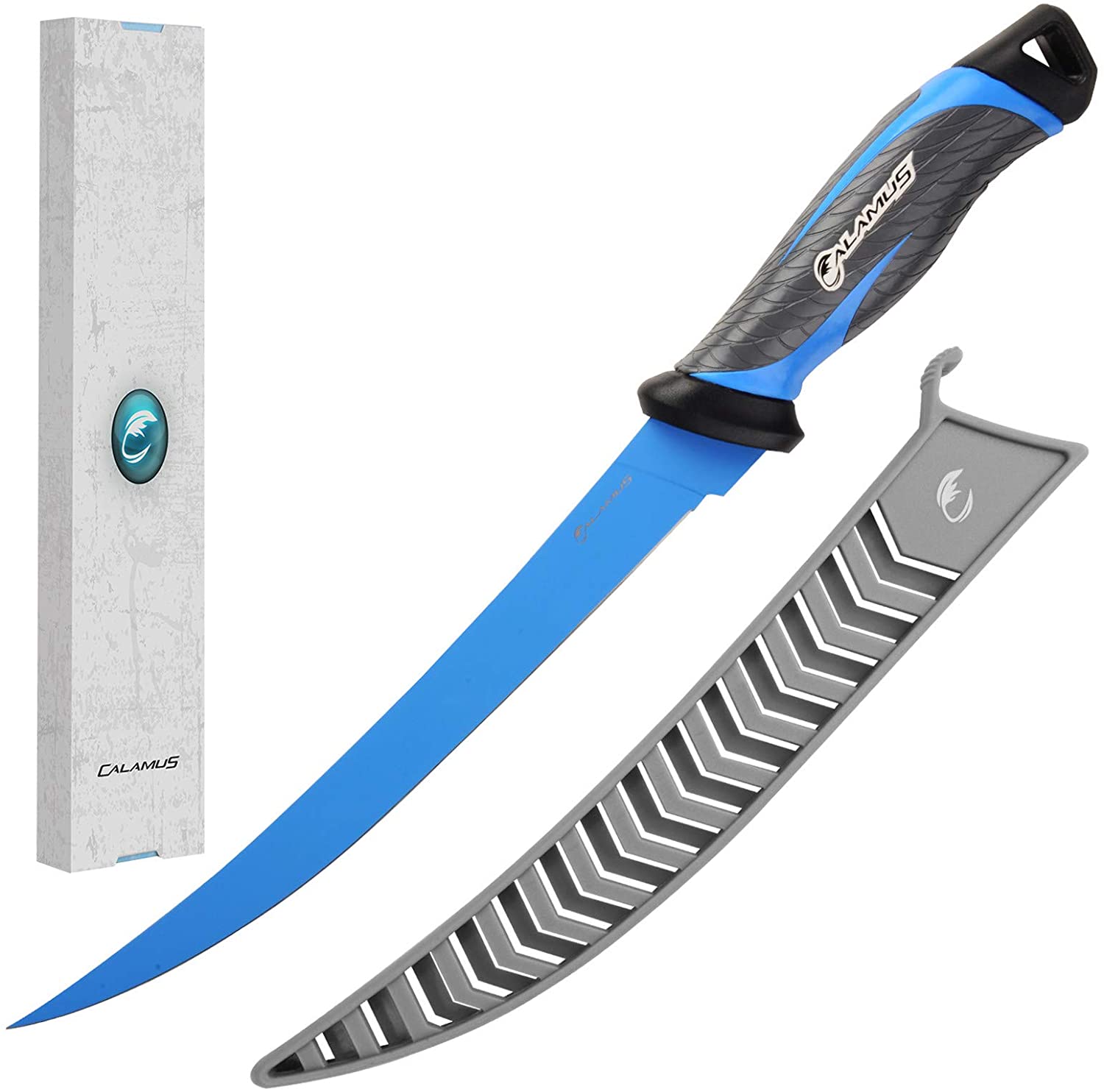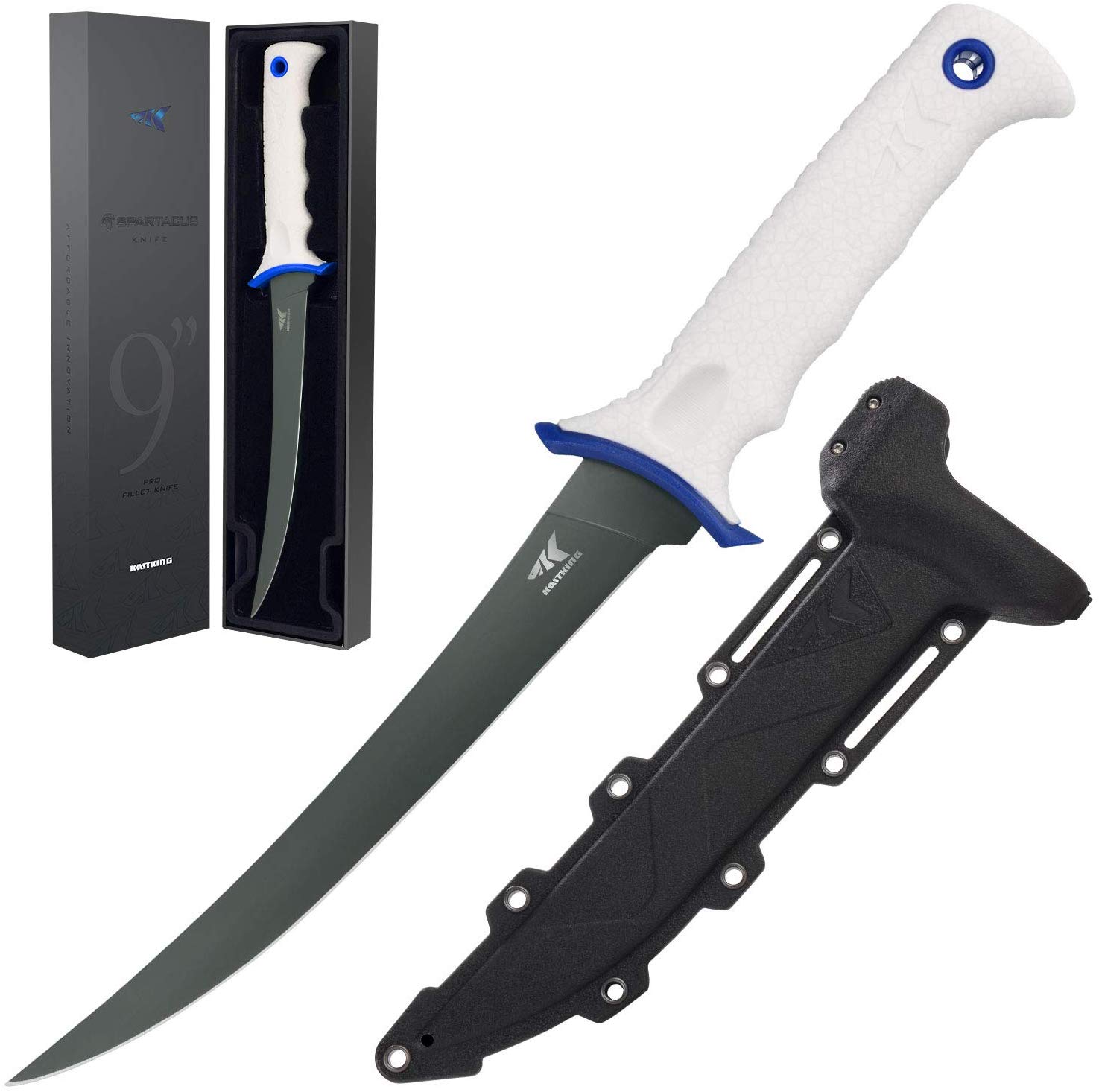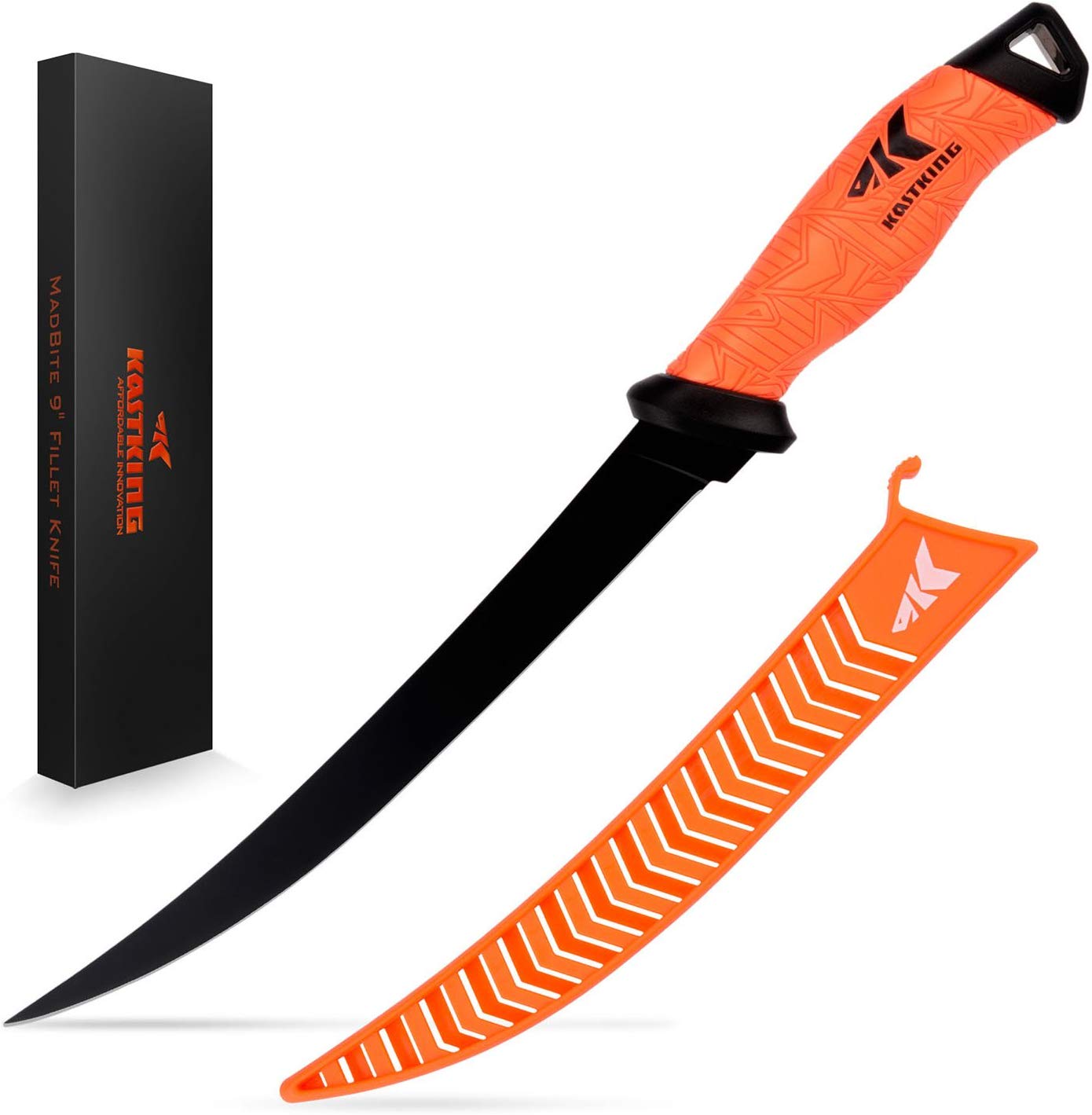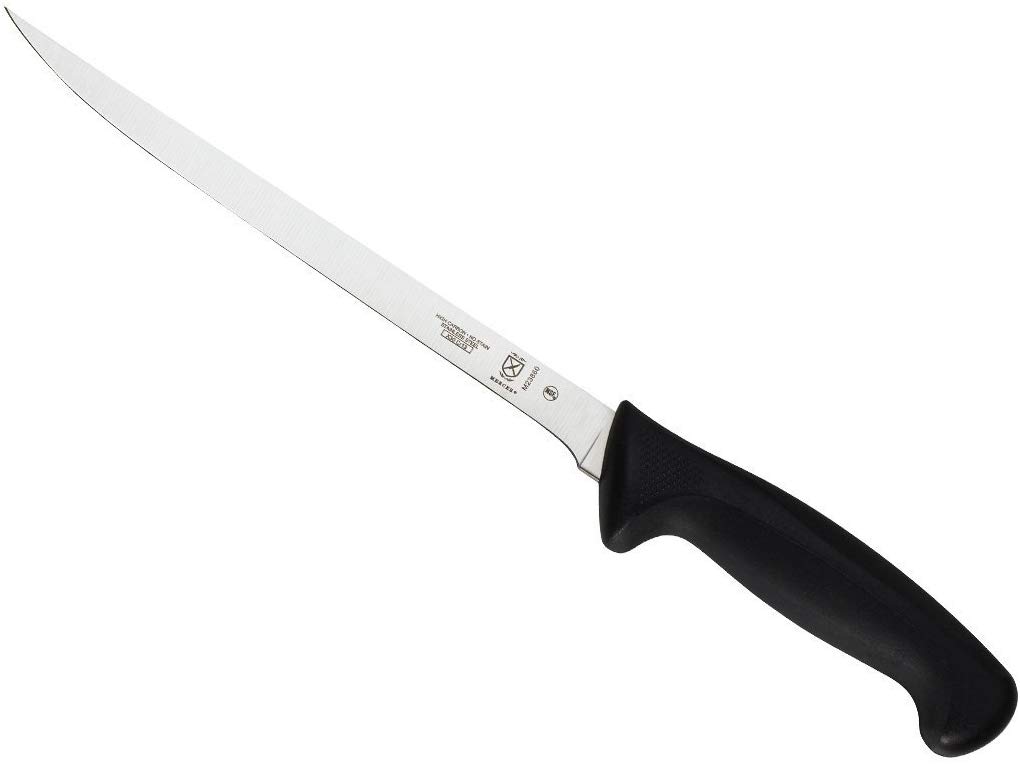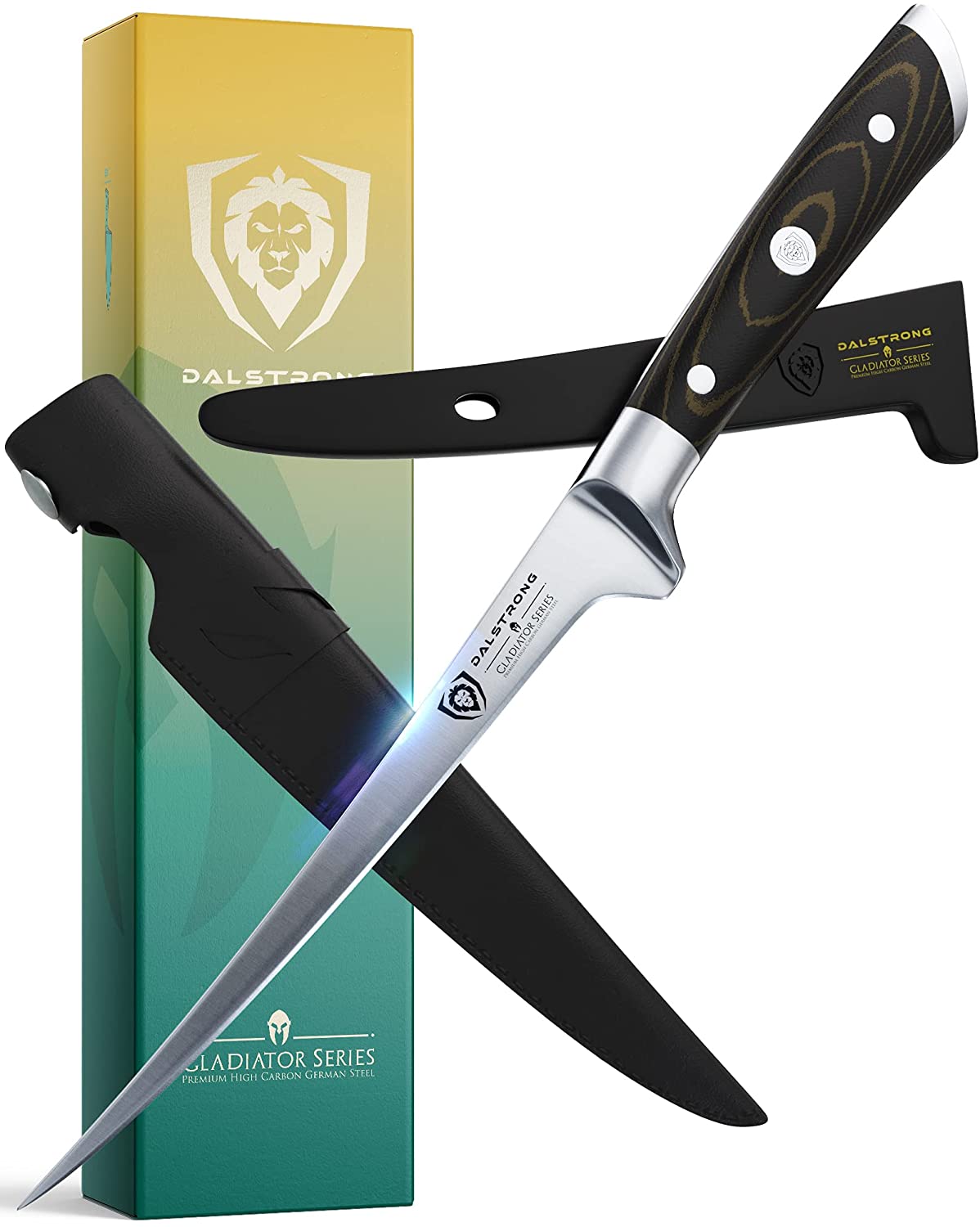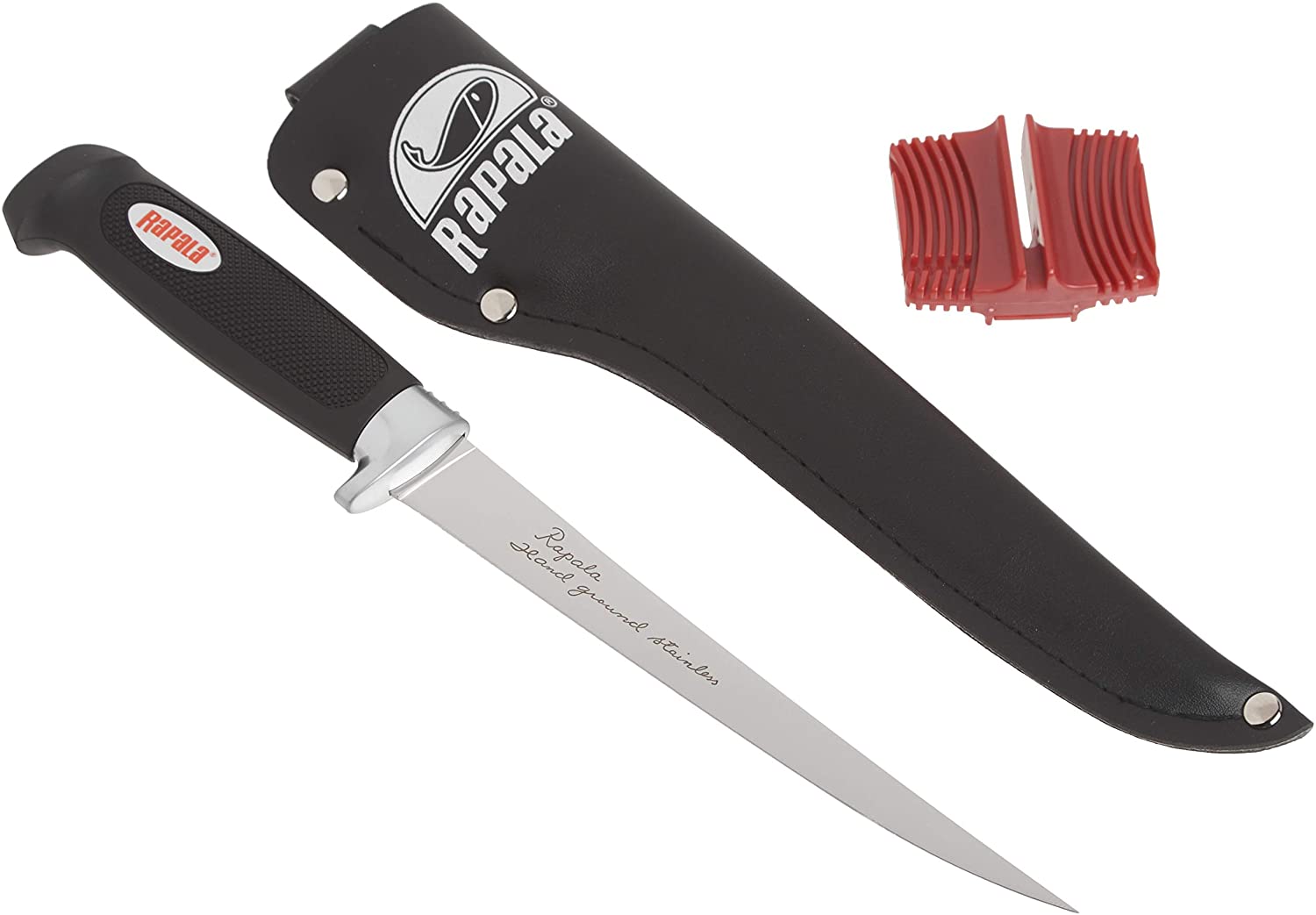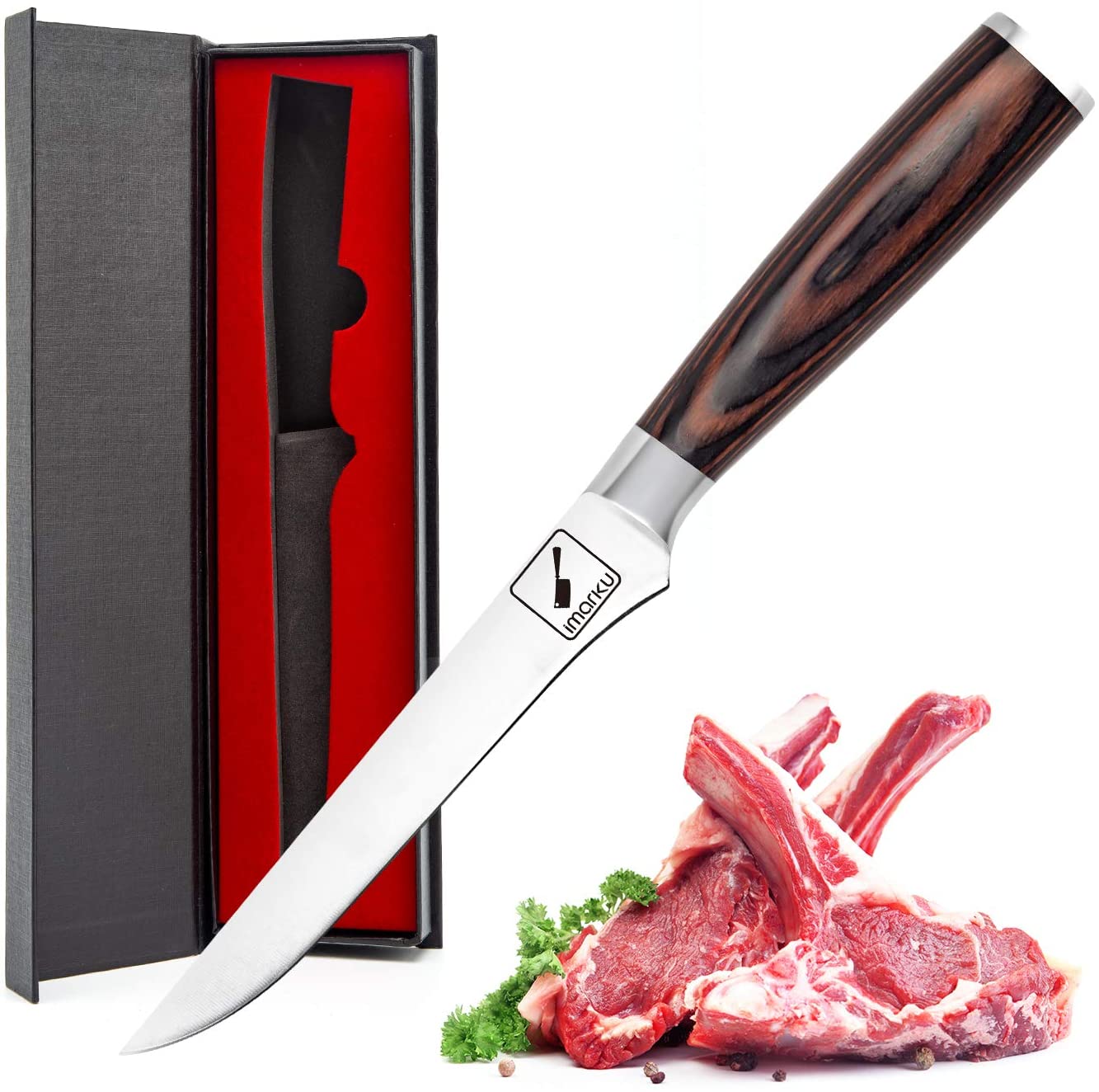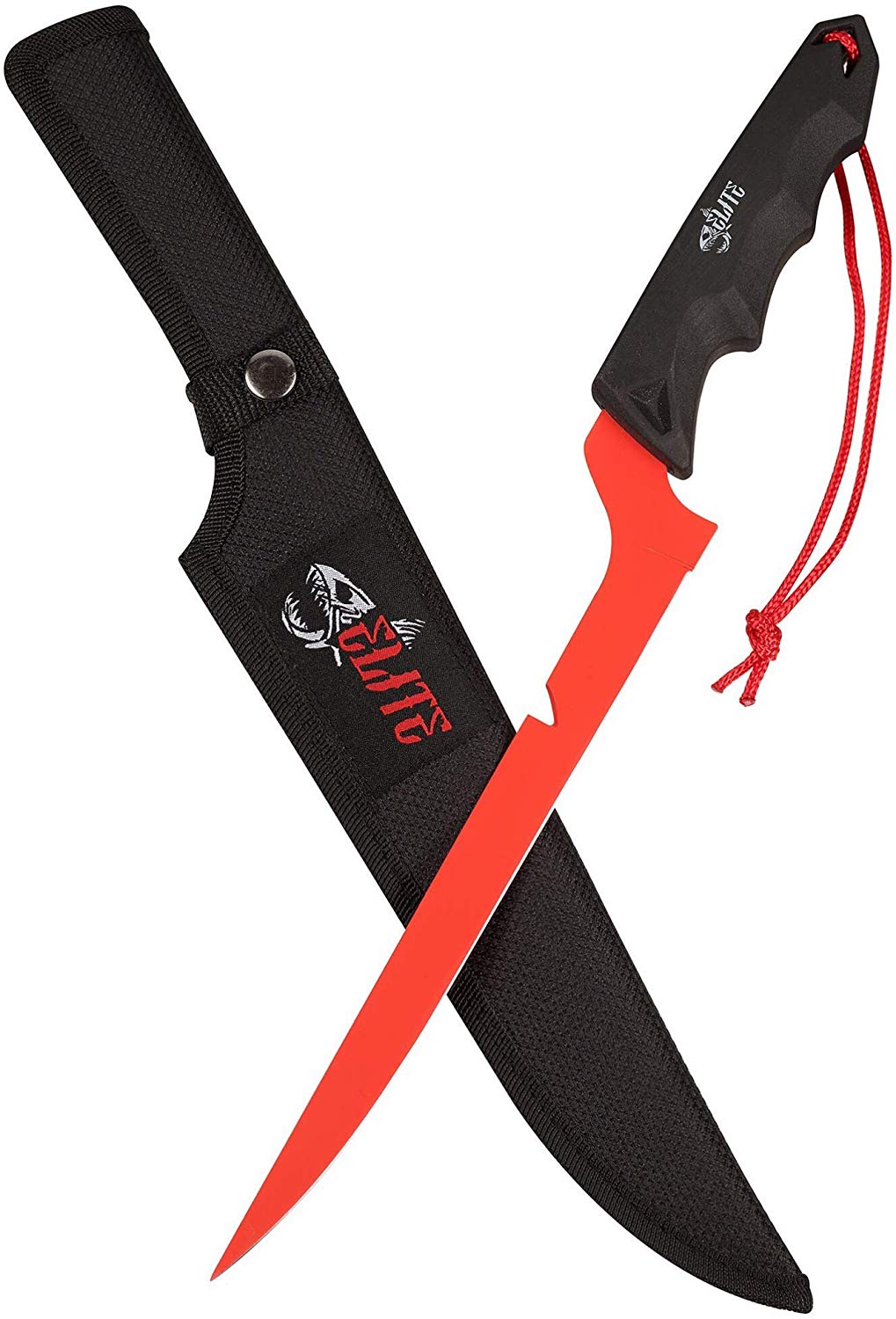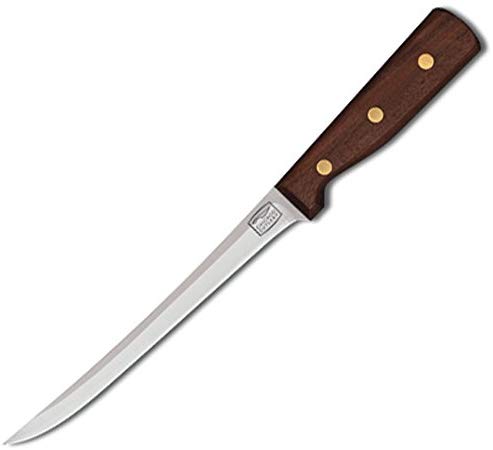WÜSTHOF Traditional Anti-Rust Fillet Knife, 7-Inch
Last updated: August 2, 2022
The WÜSTHOF 7-in Fillet Knife is forged from a single block of high-carbon steel. It’s flexible and perfect for slicing and deboning fish. The knife is designed to resist corrosion and dulling. Plus, it comes with a bolster and finger guard.
We looked at the top Fillet Knives and dug through the reviews from some of the most popular review sites. Through this analysis, we've determined the best Fillet Knife you should buy.
Product Details
Key Takeaway: The WÜSTHOF 7-in Fillet Knife is long-lasting and durable.
In our analysis of 128 expert reviews, the WÜSTHOF Traditional Anti-Rust Fillet Knife, 7-Inch placed 7th when we looked at the top 14 products in the category. For the full ranking, see below.Our Expert Consultant

Culinary Expert
Julie Chernoff is a long-time member of Les Dames d’Escoffier (past president of the Chicago Chapter, and current co-chair of the LDEI Legacy Awards Committee), the Association of Food Journalists (AFJ) and the International Association of Culinary Professionals.
Chernoff is the dining editor of Better, a lifestyle website and print magazine. Her journalism started in the test kitchens of Weight Watchers Magazine. She holds a BA in English from Yale University and is a graduate of the California Culinary Academy. She has spent the last few decades styling, photographing, teaching, developing recipes, editing, thinking and writing about food.
